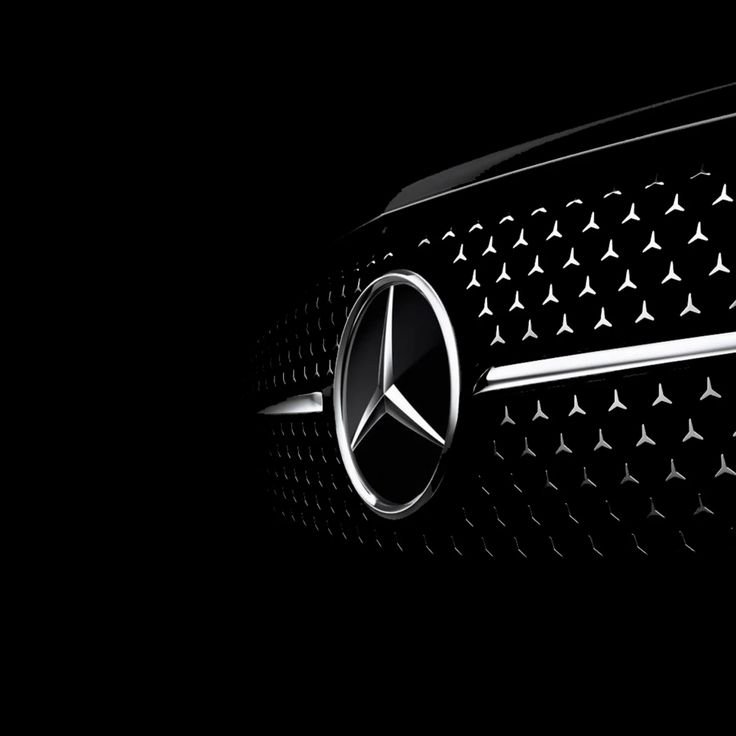
An electric drivetrain refers to the system of components that work together to power and drive an electric vehicle (EV). Unlike traditional internal combustion engine (ICE) vehicles that rely on gasoline or diesel engines, an electric drivetrain uses electricity stored in batteries to propel the vehicle. The electric drivetrain is at the heart of all electric vehicles, including battery electric vehicles (BEVs), plug-in hybrids (PHEVs), and hybrid electric vehicles (HEVs).
Key Components of an Electric Drivetrain
- Electric Motor: The electric motor is the primary component responsible for converting electrical energy into mechanical energy to drive the wheels. There are different types of electric motors used in EVs, such as:
- AC (Alternating Current) Induction Motor: Common in many electric vehicles, this type of motor is efficient and powerful.
- Permanent Magnet Synchronous Motor (PMSM): Known for its efficiency, PMSMs use magnets to generate a magnetic field and rotate the motor.
- Brushless DC Motor (BLDC): These motors are highly efficient and commonly used in electric vehicles for their durability and performance.
- Battery Pack: The battery pack stores the electrical energy required to power the electric motor. Most EVs use lithium-ion batteries due to their high energy density, long life, and efficiency. The size and capacity of the battery pack determine the range and performance of the vehicle.
- Power Electronics Controller (Inverter): This component manages the flow of electrical energy between the battery and the motor. The inverter converts the DC (Direct Current) from the battery into AC (Alternating Current) to power the motor (in the case of AC motors). It also controls the speed and torque of the motor by adjusting the frequency and voltage of the electricity sent to it.
- Transmission: Electric drivetrains often use a single-speed transmission or gear reduction system. Since electric motors produce instant torque at low speeds and have a wide power band, they don’t require multi-speed transmissions like ICE vehicles. This simplifies the drivetrain and reduces complexity.
- Regenerative Braking System: One of the key features of an electric drivetrain is regenerative braking, which recaptures energy during braking or deceleration. The electric motor acts as a generator when slowing down, converting kinetic energy back into electrical energy and storing it in the battery. This process improves efficiency and extends the vehicle’s range.
- Onboard Charger: The onboard charger manages the charging process of the battery pack when the vehicle is plugged into an external power source. It converts AC from the power grid into DC to charge the battery. Some vehicles also support fast-charging systems for quicker charging times.
- Battery Management System (BMS): The BMS is a critical component that monitors and manages the health, performance, and safety of the battery pack. It ensures that the battery operates within safe parameters, monitors temperature, voltage, and current, and optimizes charging and discharging to prolong battery life.
How an Electric Drivetrain Works
In a typical electric drivetrain:
- Electricity from the battery is delivered to the inverter, which converts the DC power to AC for the electric motor (if the vehicle uses an AC motor).
- The electric motor converts electrical energy into mechanical energy (rotational force or torque) to drive the wheels. The motor’s torque is available almost instantly, providing smooth and rapid acceleration.
- When the driver presses the brake, the regenerative braking system engages, allowing the electric motor to reverse its function, acting as a generator to capture kinetic energy and convert it back into electrical energy to recharge the battery.
- As the battery discharges during driving, the BMS ensures that the battery operates safely and efficiently, while the onboard charger allows recharging when the vehicle is plugged into a charging station.
Advantages of Electric Drivetrains
- Efficiency: Electric drivetrains are far more efficient than conventional internal combustion engines. Electric motors can convert over 90% of the electrical energy from the battery into mechanical energy, while ICEs typically convert only 20-30% of fuel energy into motion.
- Environmental Benefits: Electric drivetrains produce zero tailpipe emissions, significantly reducing the vehicle’s environmental impact compared to gasoline or diesel engines. This makes electric vehicles a key component in reducing greenhouse gas emissions and combating climate change.
- Instant Torque and Smooth Acceleration: Electric motors provide instant torque, which results in smooth, fast acceleration. This makes electric vehicles feel more responsive and easier to drive in stop-and-go traffic.
- Lower Maintenance: Electric drivetrains have fewer moving parts than internal combustion engines, which means less wear and tear. Components like spark plugs, fuel injectors, and exhaust systems are eliminated, reducing maintenance needs and costs.
- Regenerative Braking: This feature improves energy efficiency by recapturing energy that would otherwise be lost during braking, extending the range of the vehicle.
Challenges of Electric Drivetrains
- Battery Range: The range of an electric vehicle is largely determined by the capacity of its battery. While battery technology is improving, EVs typically have a shorter range compared to ICE vehicles, especially in cold weather or under heavy use.
- Charging Infrastructure: While charging networks are expanding, the availability and convenience of charging stations can still be a concern for long-distance travel or in areas with limited infrastructure.
- Battery Degradation: Over time, the battery pack can degrade, losing capacity and reducing the vehicle’s range. Though BMS systems and careful charging practices can slow this process, replacing the battery pack is a significant expense.
- Initial Cost: Electric drivetrains, particularly the battery pack, can make EVs more expensive upfront than traditional gasoline-powered vehicles, though government incentives and lower operating costs help offset this.
Types of Electric Vehicles Using Electric Drivetrains
- Battery Electric Vehicles (BEVs): Fully electric vehicles powered solely by an electric drivetrain and a large battery pack. Examples include Tesla Model S, Nissan Leaf, and Chevrolet Bolt.
- Hybrid Electric Vehicles (HEVs): Vehicles that combine an electric drivetrain with a traditional internal combustion engine. The electric motor assists the engine to improve fuel efficiency, and the battery is recharged through regenerative braking. Examples include Toyota Prius and Honda Insight.
- Plug-in Hybrid Electric Vehicles (PHEVs): Similar to HEVs, but with a larger battery that can be recharged by plugging into an external power source. PHEVs can run on electric power alone for a limited range before the gasoline engine takes over. Examples include Mitsubishi Outlander PHEV and Toyota Prius Prime.
- Fuel Cell Electric Vehicles (FCEVs): These vehicles use a hydrogen fuel cell to generate electricity, which then powers the electric drivetrain. FCEVs are a less common alternative but produce only water vapor as a byproduct. Examples include Toyota Mirai and Hyundai Nexo.
Conclusion
The electric drivetrain is the core of electric vehicle technology, enabling clean, efficient, and smooth transportation. As battery technology advances and charging infrastructure improves, electric drivetrains will play a pivotal role in the future of automotive transportation, contributing to a sustainable and eco-friendly mobility solution.





